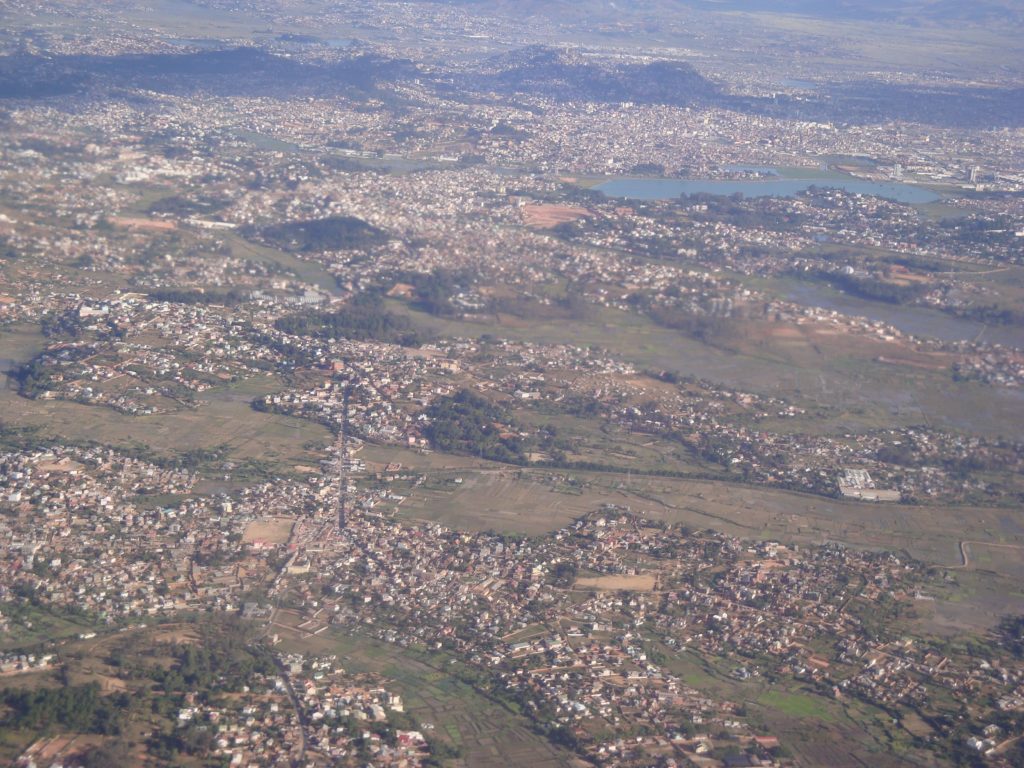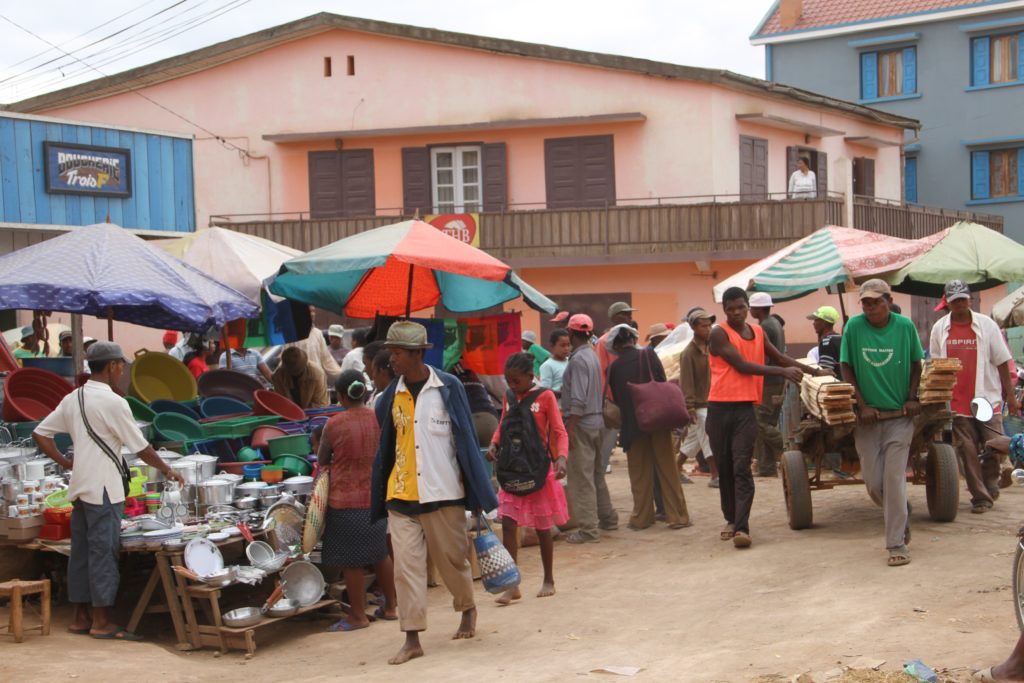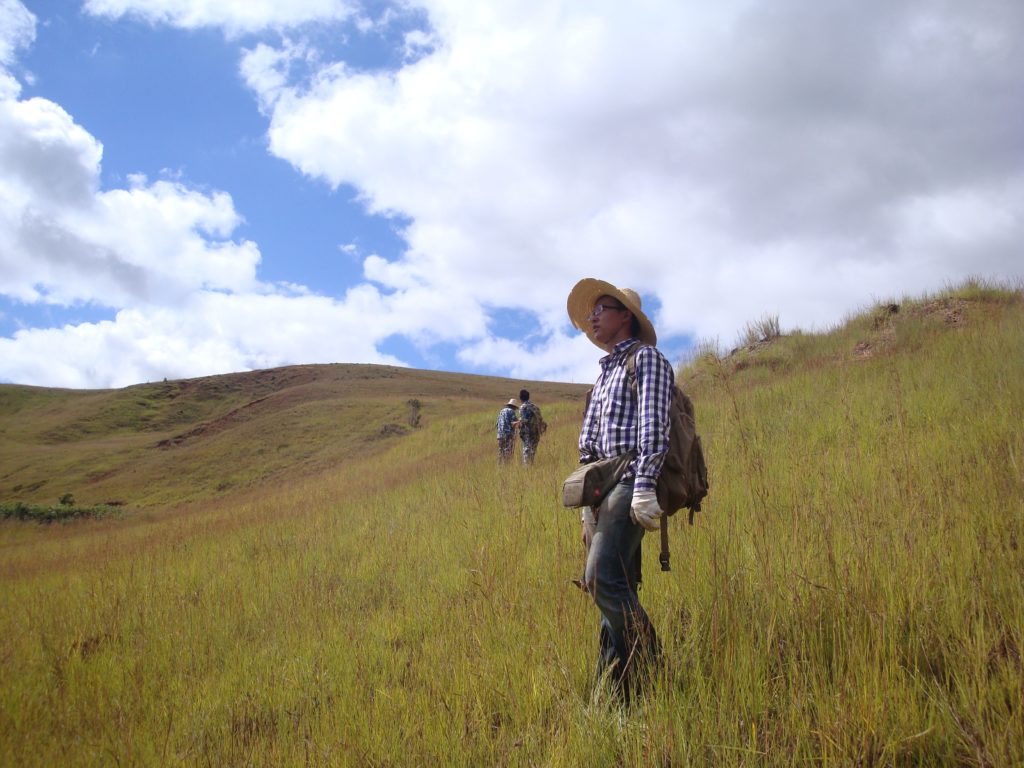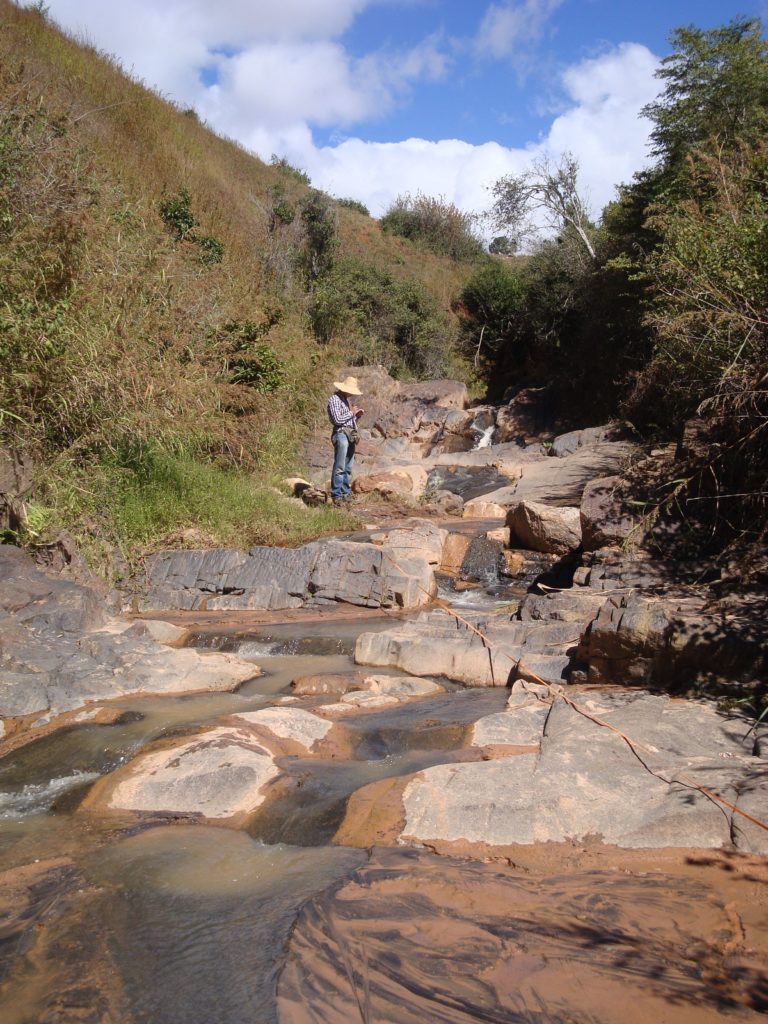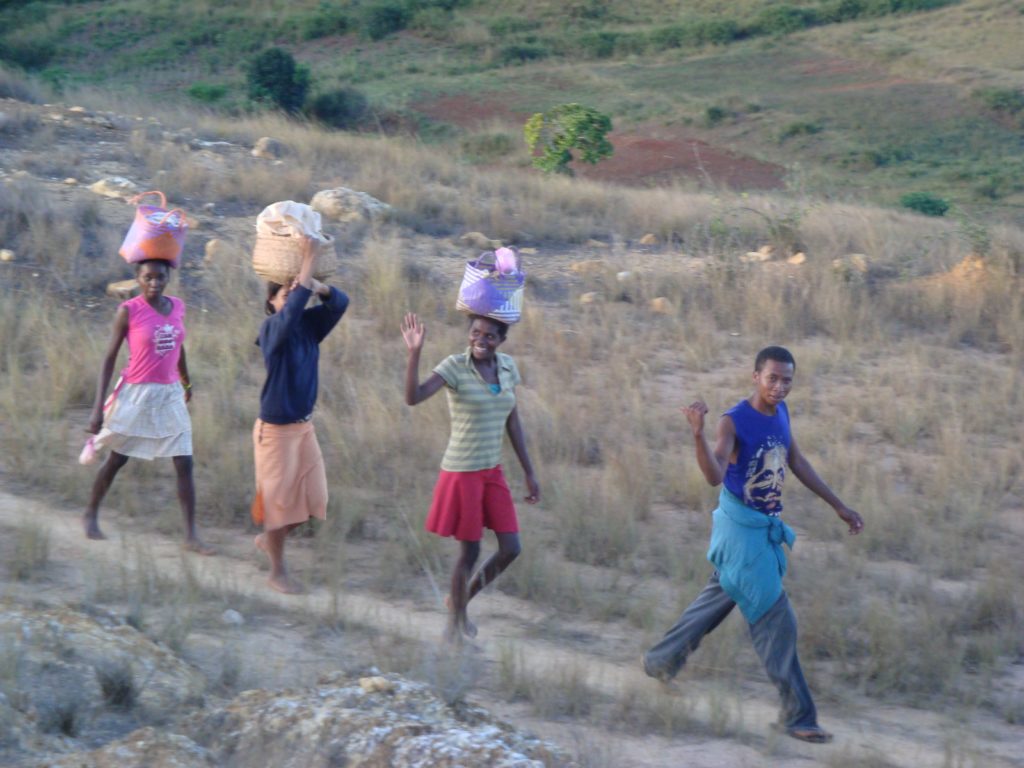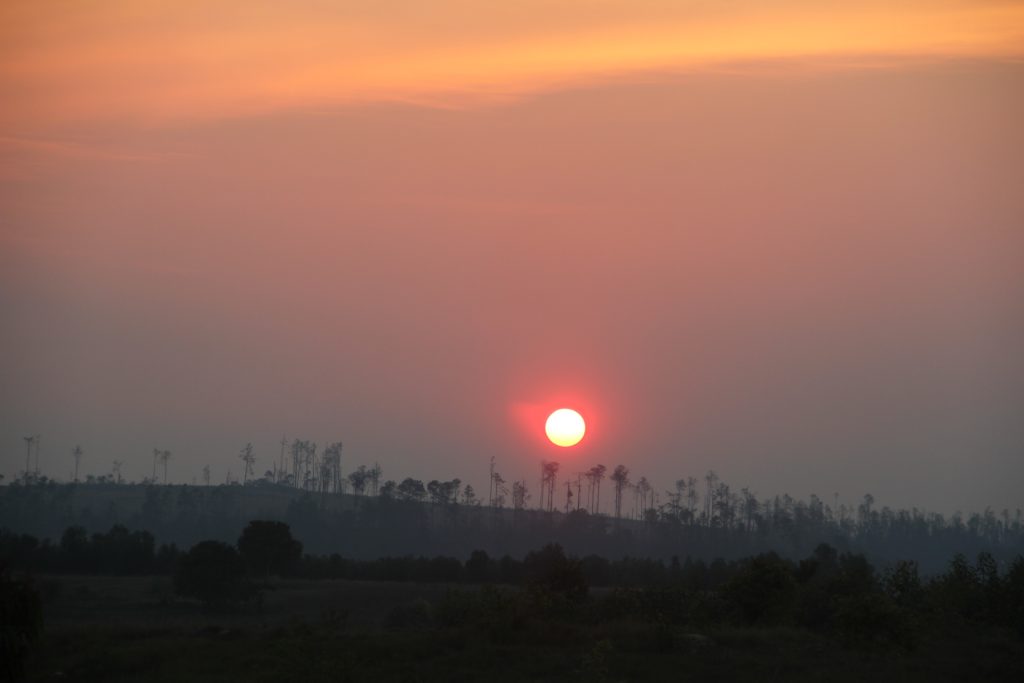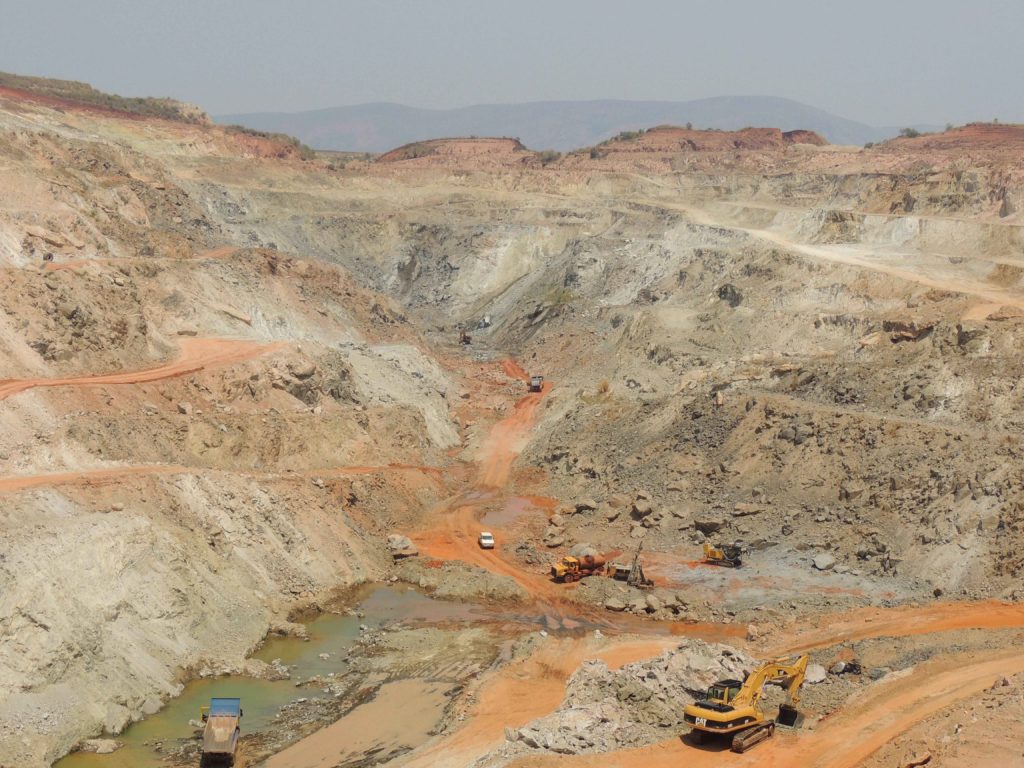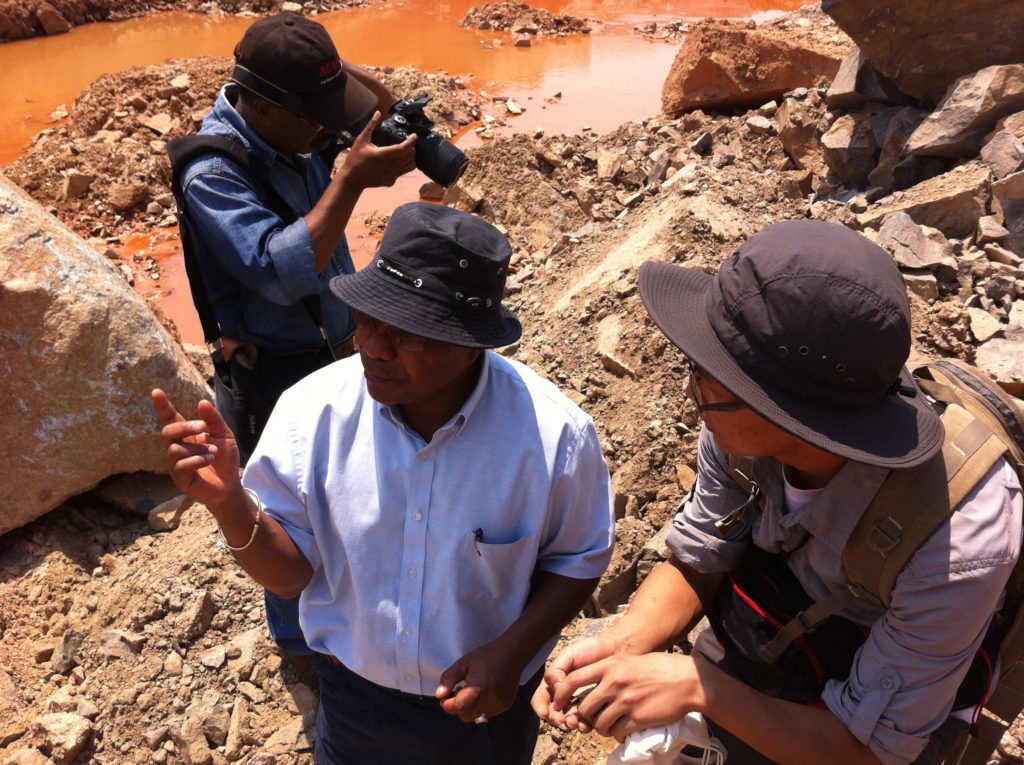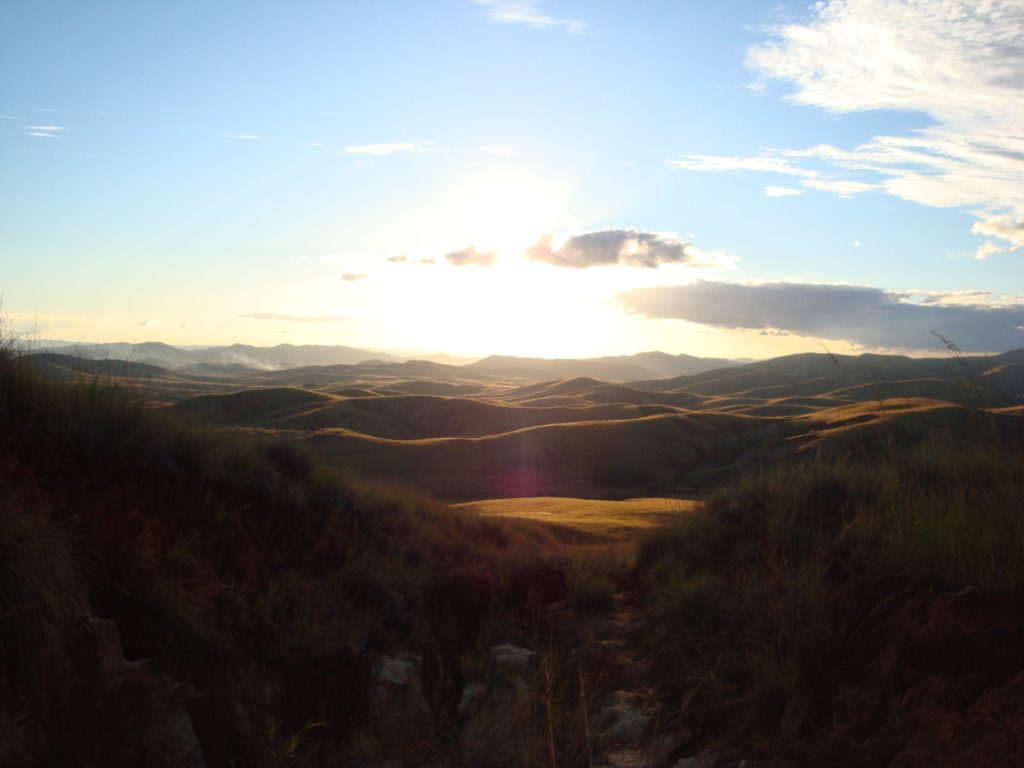Jiu-Long Zhou is a postdoc in the Chemical Geodynamics group at the Institute of Geology and Geophysics, Chinese Academy of Sciences. He utilizes a range of analytical techniques to extract information from igneous rocks for reconstructing the Proterozoic tectonics of Madagascar and South China.
Madagascar, an enigmatic island country separated from mainland Africa by the Mozambique Channel, is made up of a Precambrian shield in the eastern two-thirds and Phanerozoic sedimentary and igneous rocks covering the western third. In the past decade, its significant potential for economic metal deposits has stimulated many oversea geologists to set foot on this mysterious land to conduct geological mapping and resource exploration. It was within this context that my first opportunity to access the Malagasy geology was supported by the China Geological Survey when I was pursuing a master degree in 2011.
My project focuses mainly on the genesis of ~870–750 Ma igneous rocks throughout the Malagasy shield known as the Imorona-Itsindro Suite. Although mid-Neoproterozoic is a period in Earth’s history characterized by global-scale continental rifting, igneous rocks in Madagascar of this age are widely believed to be produced in a continental arc by subduction of an oceanic plate beneath a continental margin, just like that in the Andes of South America.
My fieldwork in Madagascar started from the Ambatondrazaka area near the Alaotra Lake, together with colleagues from the China Geological Survey. We were really lucky to meet a warm-hearted Chinese-Malagasy couple who provided the homely accommodation. Nonetheless, our situation in the field was not so positive, and most of the mid-Neoproterozoic rocks in this area are deeply weathered and overlain by thick lateritic soil.
In spite of this, we managed to find several fresh outcrops in creek beds. It was unexpected that layered Fe-Ti-V oxide mineralization was found from the mafic-ultramafic intrusion during our field excursion, since such a metallogenic association is rarely present in continental arcs but commonly in continental rift zones. This finding puzzled me for a long time until I came back to China and finished the geochemical analyses in the laboratory for the collected samples, which does show compositional signatures analogous to those of continental rift-related rocks. It was from this moment I began to question the widely-believed “continental arc model” for the mid-Neoproterozoic magmatism in Madagascar.
Another important stop of our field trip is in the Andriamena area, where a cluster of chromite deposits and occurrences are hosted in mafic-ultramafic intrusions. Although export of chromite ores coming from this area has been essential for Madagascar’s economy, ages and genesis of the hosted intrusions are very poorly known.
With the help of Dr. Rasoamalala, a geologist in the Ministry of Mines, we were allowed to visit three largest open pit mines and collect several samples. At the outcrop scale we found that their petrological characteristics are similar to those of the famous Bushveld Complex in South Africa even though their volumes are much smaller. U–Pb isotopic dating of our samples using mass spectrometry demonstrates that the mafic-ultramafic intrusions associated with layered chromite mineralization were also the products of mid-Neoproterozoic magmatism.
There are still a lot of secrets that geologists need to reveal for mid-Neoproterozoic igneous rocks in Madagascar. Adventure in the wilds of Madagascar could be one of the most fascinating things that you have done.
![]() This work is licensed under a Creative Commons Attribution-NonCommercial-ShareAlike 4.0 International License.
This work is licensed under a Creative Commons Attribution-NonCommercial-ShareAlike 4.0 International License.

